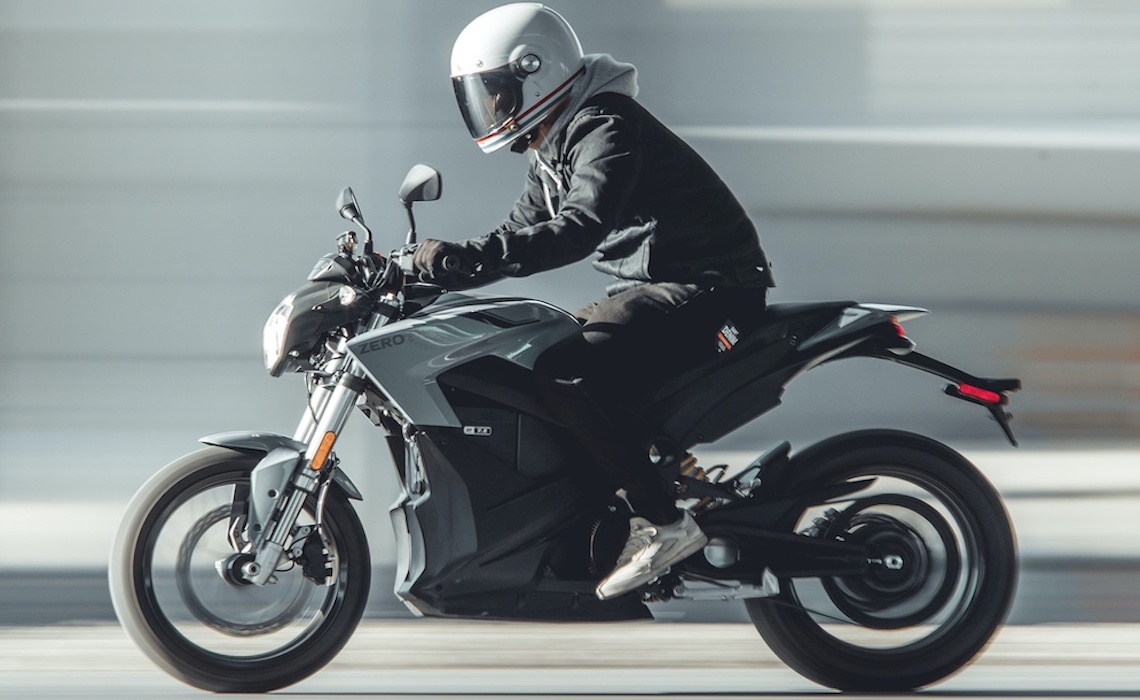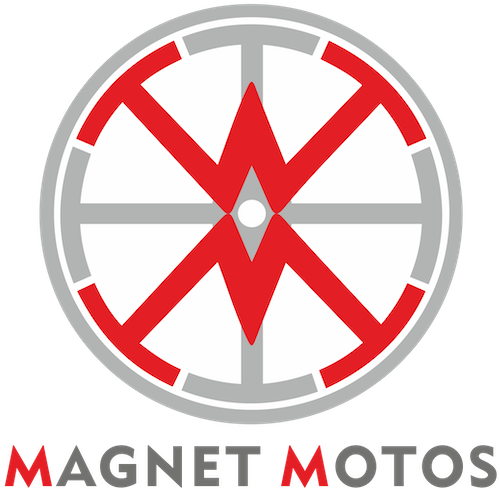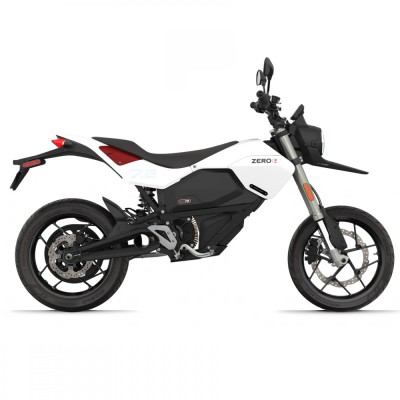Why Electric Motorcycles Dominate The 11kW/CBT Class

The 11kW CBT class is the sweet-spot for electric motorcycles, as they simply destroy their petrol peers in every area that counts; torque, power, acceleration, speed, range, economy and maintenance.
Let’s look at these individually: -
Torque
The common characteristic across all electric motorcycles is their huge torque, practically from the first rpm. In fact, torque is so huge that the gearbox becomes totally redundant, with outstanding off-the-line performance that just keep going, right up until the top speed is reached. By way of a straight comparison, the Zero FXE, S and DS all produce 106 Nm of torque, whereas class-leading 125cc bikes achieve just 12 Nm. Achieving such huge torque from just a few rpm gives electric motorcycles a crushing advantage, as petrol 11kW motorcycles generally develop peak torque at around 8000 rpm.
Power
The 11kW category is based on a continuous power measurement, which for a petrol engine is generally identical to its peak power. Electric motorcycles can release far greater peak power – up to 44kW in the case of the Zero S and Zero DS. Peak power is only required during hard acceleration, which takes place in just a few seconds, so maintaining 11kW continuous power over any measured period becomes quite achievable.
Acceleration
With up to ten times the torque and four times the power, acceleration is simply in a different class, with the fastest 11kW electric motorcycles reaching 60 mph in around 4s. In contrast, the fastest 125cc bikes struggle to 60 mph in 14 seconds, after several gear changes, a huge amount of noise and releasing over 15l of CO2.
Speed
The quickest 11kW electric motorcycles performs more like a 600cc petrol bike, but only up to their top speed of around 85 mph. Few petrol 125s will exceed 75 mph, but they’ll take very, very much longer to get there. Quite simply, in a drag race between the quickest petrol and electric 11kW bikes, electric would be around 300m ahead by the time the petrol bike reaches 60 mph, and from there the gap will only get bigger.
Range
Range is very much dictated by battery capacity, which varies hugely between the various electric models. The smallest bikes in the 11kW category have a capacity of 2kWh and a range of around 30 town miles, whereas the largest models have a capacity up to 14.4kWh and a range of up to 140 town miles. Even the competitively priced Super Soco TC Max delivers a range of over 50 town miles from its 3.2kWh battery, which meets the needs of the majority of commuters.
Economy
It’s a simple choice; buy fuel that’s taxed at around 60% and use it to run an engine that’s 30% efficient or buy electricity that’s taxed at 5% to run a motor that’s 90% efficient. 100 mpg is realistic from an 11kW petrol bike, which equates to around 8p per mile. At current electricity prices, which are set to rise significantly from April, electric motorcycles run at between 1-2p per mile.
Maintenance
Electric motorcycles have very few moving parts, typically just three between the throttle and the back wheel. They also don’t need fluids for cooling, which means no oil and filter changes. Aside from tyres and brakes, electric motorcycles have minimal service needs which helps to keep ownership costs down.
Conclusion
In the immensely important 11kW category, electric motorcycles hold a lot of advantages and although the premium models demand much higher prices, the performance and overall riding experience puts them in a totally different class. There’s a wide choice of electric bikes in this category and they all benefit from the massive torque that gets them away from the line with an urgency that petrol bikes cannot match. For an effortless riding experience with simple, quiet, low-cost, non-polluting ownership, electric has arrived and its superiority will grow as this technology continues to evolve at pace.

